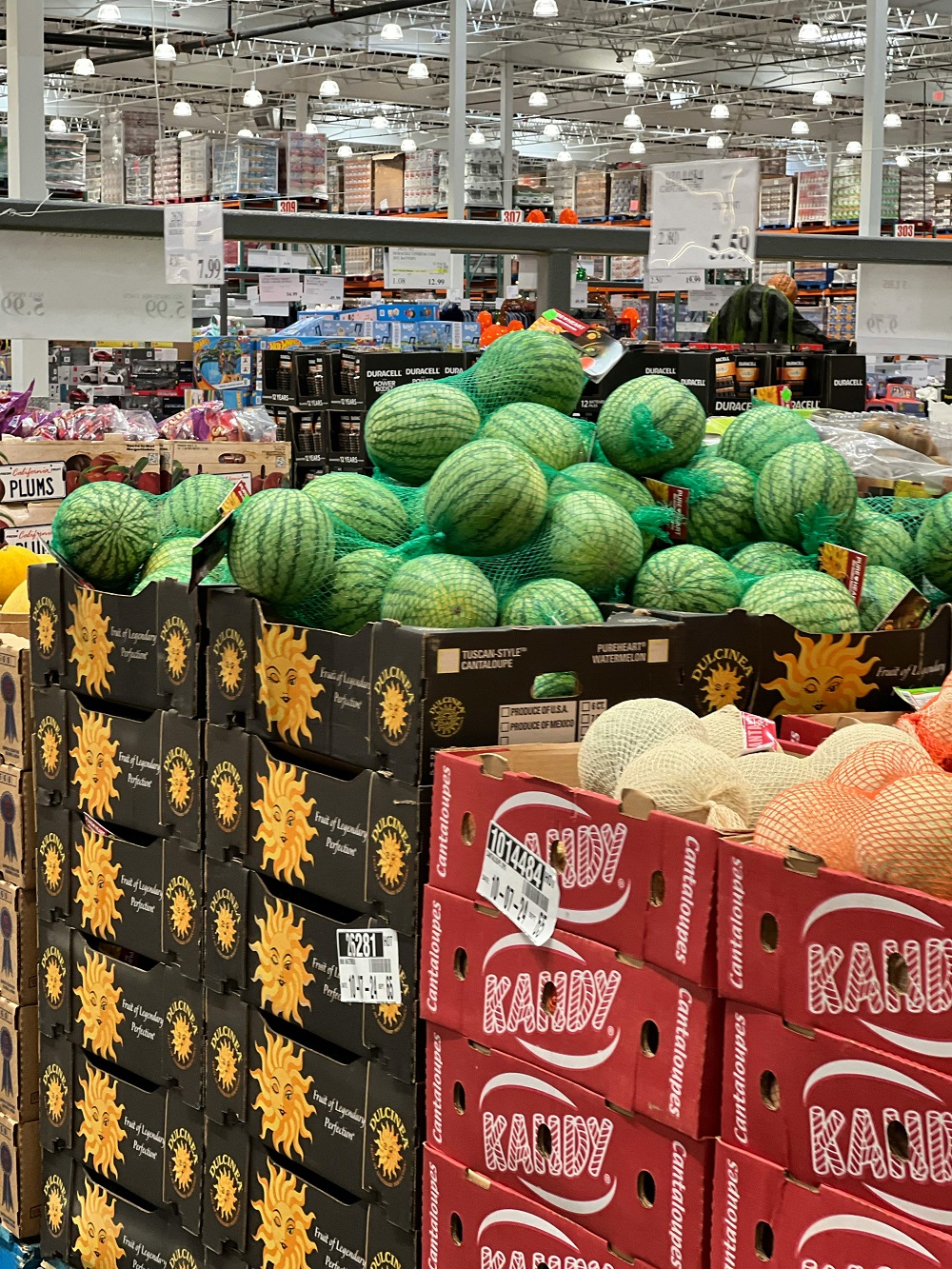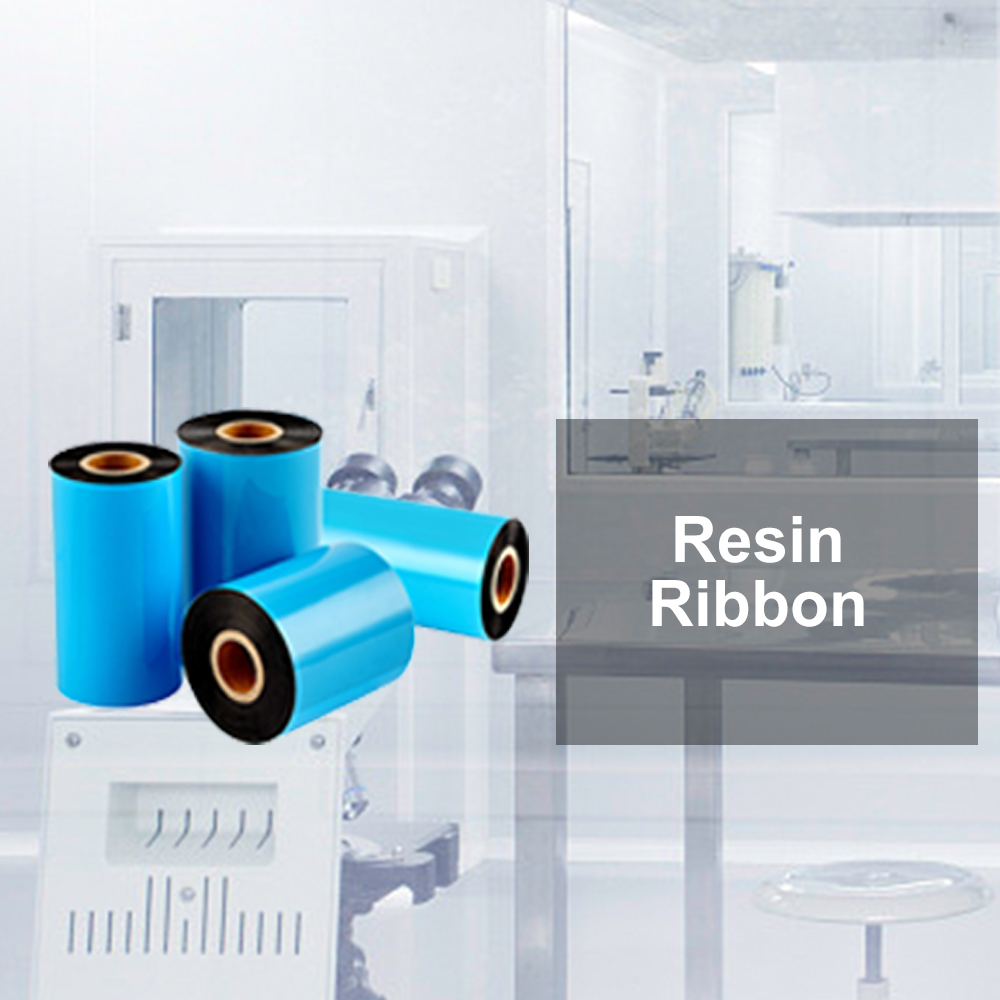Which Thermal Transfer Ribbon Ensures Reliable Barcodes on Food Packaging?
Food safety and supply chain management depend on barcodes, which guarantee that goods can be tracked and confirmed from farm to table. Still, not all barcodes are made equal; the kind of thermal transfer ribbon used in manufacturing them mostly determines their clarity and longevity. The several types of ribbons—wax, wax-resin, and resin—and their particular applications in the food sector will be discussed in this paper.
Knowing which ribbon best fits your packaging requirements can help you create barcodes that withstand the rigors of transportation, storage, and handling, therefore preserving consumer health and building brand confidence.
Which Thermal Transfer Ribbon Is Best for Reliable Barcodes in Food Packaging?
|
It's better to choose wax-resin thermal transfer ribbons for reliable barcodes on food packaging, as they adhere well to plastic and offer enhanced durability for various environmental conditions. Actually, three main thermal transfer ribbons types exist: wax, wax-resin, and resin. Wax ribbons are affordable and best for general-purpose labeling on paper, and they are ideal for products with short shelf lives. Wax-resin ribbons offer enhanced durability, suitable for items needing to withstand moderate environmental challenges like moisture or refrigeration. Resin ribbons are the most durable, designed for packaging that faces extreme conditions, such as frozen goods or those exposed to oils and chemicals. Choosing the appropriate ribbon depends on the environmental conditions it will come across—from dry pantries to humid coolers—as well as the package material—be it normal paper or tough synthetic. Directly affecting food sector logistics accuracy and product traceability, the appropriate match guarantees barcode clarity, scan dependability, and compliance with strict food safety regulations. |
 |
Maximizing Barcode Integrity with the Right Ribbon Choice
Maximizing barcode integrity on food packaging depends critically on the thermal transfer ribbon you use. The kind of ribbon used will greatly influence the lifetime and dependability of a barcode. Although cheap for short-term usage, wax ribbons may fade or smudge rapidly, therefore affecting scan accuracy. For packages handled often or under mild stressors, such as refrigeration, wax-resin ribbons offer a more robust choice. Resineral ribbons are absolutely crucial for maximum durability, particularly for products subjected to extreme circumstances; their great resistance to heat, abrasion, and chemicals guarantees barcodes remain intact and scannable all during the product life.
Critical for recall efficiency, inventory control, and customer safety, a clear, robust barcode guarantees exact tracking from manufacturing to point of sale. A well-considered ribbon choice basically preserves industry rules and protects the integrity of the supply chain.
How Do Durable Barcodes Enhance Inventory Management?
A pillar of inventory control, durable barcodes directly help to reduce waste and increase efficiency. From warehouse shelves to consumers' hands, barcodes that remain clear and visible throughout the lifetime of a product help to streamline inventory tracking, therefore lowering errors and preventing overstocking or stockouts. This accuracy in stock level management not only reduces waste but also guarantees constant availability of fresh, high-quality products, therefore strengthening consumer confidence.
Strong barcodes—including QR codes—also give consumers quick access to comprehensive product information, hence improving transparency. From components and allergies to source and expiration dates, this rapid availability of data enhances consumer confidence. A brand that provides this degree of transparency invites examination but also shows its dedication to integrity and excellence, therefore strengthening bonds of loyalty based on dependability and confidence.
How to Overcome Barcode Printing Challenges on Food Packages?
Dealing with the difficulties of barcode printing on different food packages calls for both creativity and accuracy. Small or irregularly shaped packaging's limited area calls for high-resolution barcodes that remain scannable. Reflective surfaces or malleable textures in packaging materials demand particular ribbon and label material combinations to guarantee the printed codes resist smearing or fading.
To fit various materials and guarantee crisp, clear prints, solutions are found in optimizing thermal printer settings, including print speed and heat. Using label design methods that maximize space—such as smaller, yet readable barcodes—helps fit important information into limited areas. Using space-efficient two-dimensional codes like QR codes also helps to save more data in a smaller footprint. These techniques, together with choosing the suitable ribbon type for the job, can help to solve typical packaging problems and guarantee that every product carries a strong and accurate barcode.
Maintaining Food Packaging Barcode Excellence
Ultimately, barcode integrity is a pillar of food safety, and brand dependability is not only a detail but also a basic need. Maintaining quality from the time of packing to reach consumers' hands depends on a wise choice of thermal transfer ribbons—wax, wax resin, or resin. Businesses may maintain strict health standards, guarantee consumer confidence, and ensure traceability of their products by matching ribbon kinds to packaging requirements and environmental demands. Giving top priority to high-quality barcode printing is still crucial for success as the food sector keeps negotiating the complexity of logistics and consumer expectations.



